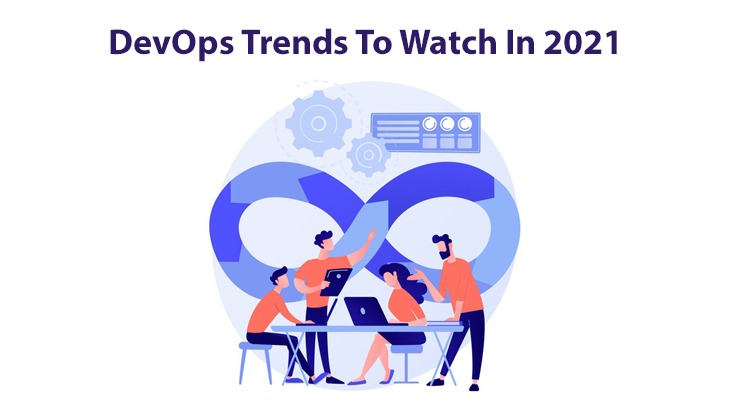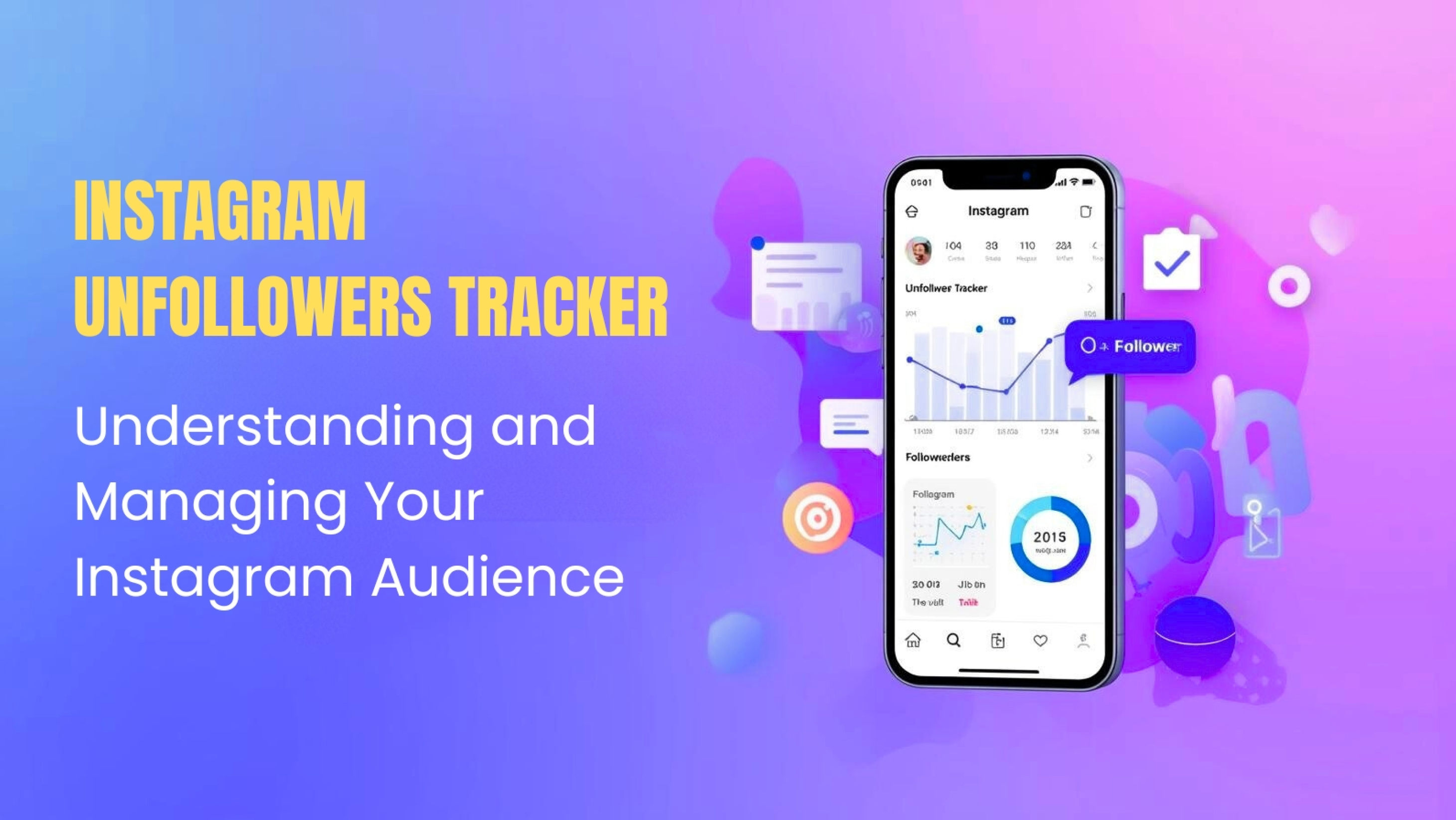What is DevOps?
DevOps is the organization of educational theories, methods, and instruments that improve an organization’s capacity to produce applications and assistance at enormous speed: developing and promoting products quicker than organizations by adopting conventional software development and infrastructure management methods. This speed empowers organizations to serve their customers better and fight more productively in the business.
How DevOps Works?
Under a DevOps paradigm, construction and employment teams are no longer “siloed.” Sometimes, specific two groups are united into a separate section where the technicians work beyond the entire application lifecycle, from construction and analysis to deployment to operations, and develop a variety of facilities not limited to a particular function.
In some DevOps models, quality assurance and protection teams may become extra tightly combined with development and services and throughout the utilization lifecycle. If redemption is the centre of everyone on a DevOps company, that is sometimes linked with DevSecOps.
Trends in DevOps to Keep an Eye On
Over the end decade, DevOps converted one of the numerous big sets of practices in the software enterprise. Its aggregate of software development and IT operations has demonstrated to be the several efficient models for software offering, so much so that it’s suddenly shifting the dominating passageway to building software.
The DevOps Trends has helped the community continue looking for ways to promote development and enhance productivity; this means that we can anticipate new shifts in how the DevOps-centric story will strike out in the eventuality.
Let us examines some DevOps trends for 2021:
1. DevSecOps Becomes Tremendous:
1) Security will reside at the top of the preference list for enterprises of all extents, so it’s no surprise that DevSecOps will turn more successful than ever during 2021.
2) As development organizations embrace more extra cloud-based technologies, the improvement lifecycle will require a cloud-native protection plan that can only arise from DevSecOps.
2. Toolchains Turn More Complex:
1) DevOps companies use various devices to maintain their regular activities. The principal goal of practising that group of machines (often related to as “tool chains”) is to assist engineers in cooperating and measuring their work.
2) Given DevOps’ demand, the quantity of tools for that particular goal is expanding by the moment.
3) Yet, it’s not simply the number of toolchains that will grow during 2021 but additionally their complexity.
3. Applicability Performance Monitoring (APM) Software:
1) In 2021, APM will be essential to cutting Mean Time to Repair (MTTR), maintaining service availability, and enhancing user involvement. Advanced APM abilities will assist DevOps partners to:
- Thoroughly learn business methods.
- Present insights into enterprise transactions.
- Assist with obstacle isolation and prioritization.
2) Merchants will also proceed to utilize machine learning (ML) in APM to:
- Overcome operation noise.
- Predict and identify irregularities.
- Circumscribe causality.
4. The Use of Application Release Orchestration (ARO) Devices:
1) ARO devices combine pipeline and ecosystem management with release orchestration. That way, companies can produce new applications more immediately since companies can scale relief enterprises across diverse pipelines and agents.
2) Using ARO accessories will enhance the team’s richness, as there will be fewer hand-operated tasks to deal with. Also, they will provide tremendous visibility on bottlenecks and wait-states, which will make it more accessible to manage them before they cause considerable difficulties.
5. More Uncertain Goals and Requirements:
Bimodal IT services enable I&O parties to assist users by investigating the reality of their demands. Bimodal IT relies on two business style modes:
1) Mode 1: The company knows the conditions and demands them to lead to predictable IT assistance or commodities.
2) Mode 2: Requirements are unpredictable, and market investigation is in transit. Decisions are difficult to foretell.
There will be an improvement in professional opportunities that encompass Mode 2. Those strategies include high levels of irregularity, both in the company and IT terms. Firms will prioritize agility and indicate time to value for design and product teams to attempt new approaches and enhance user knowledge.
Future of DevOps
Having embraced DevOps over the preceding years isn’t sufficient to keep leveraging its advantages. DevOps methods aren’t set in sand, as they are in continuous evolution: the 5 DevOps trends in this report are the perfect proof of that. That indicates that you’ll have to grasp an eye on the emerging trends and the modern tools that are becoming available for DevOps organizations and improve your lifecycle, respectively.
Organizations that adopt these DevOps trends will advance their expertise to design, build, deploy, and support quality software. Squeezing these trends on time will also support corporations to remain aggressive in another intense year for DevOps
















Post Comments